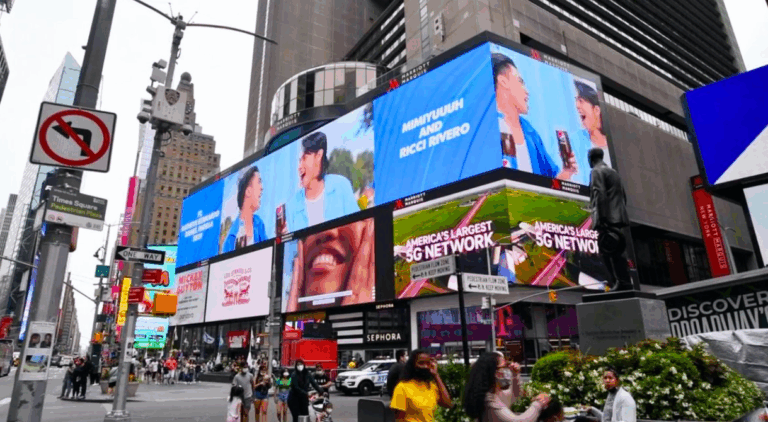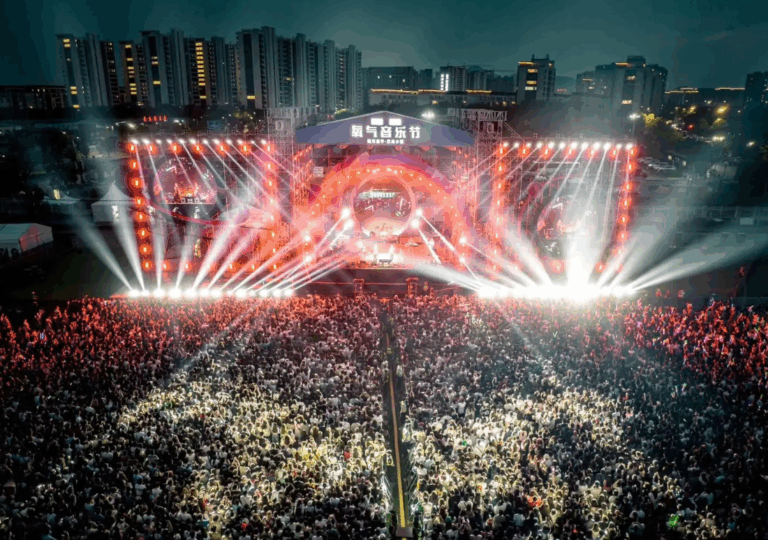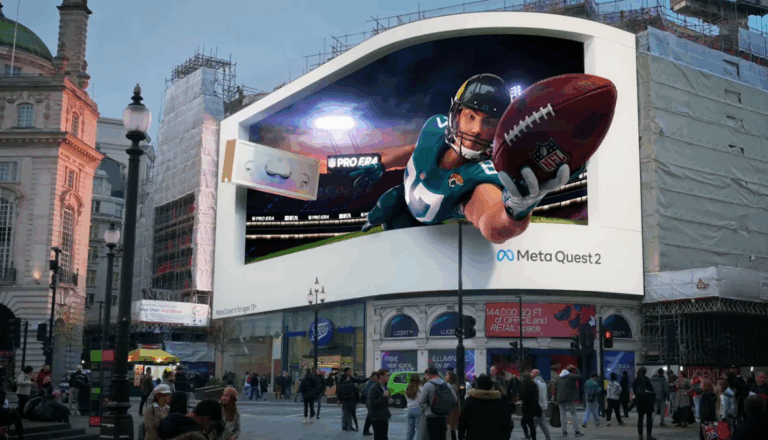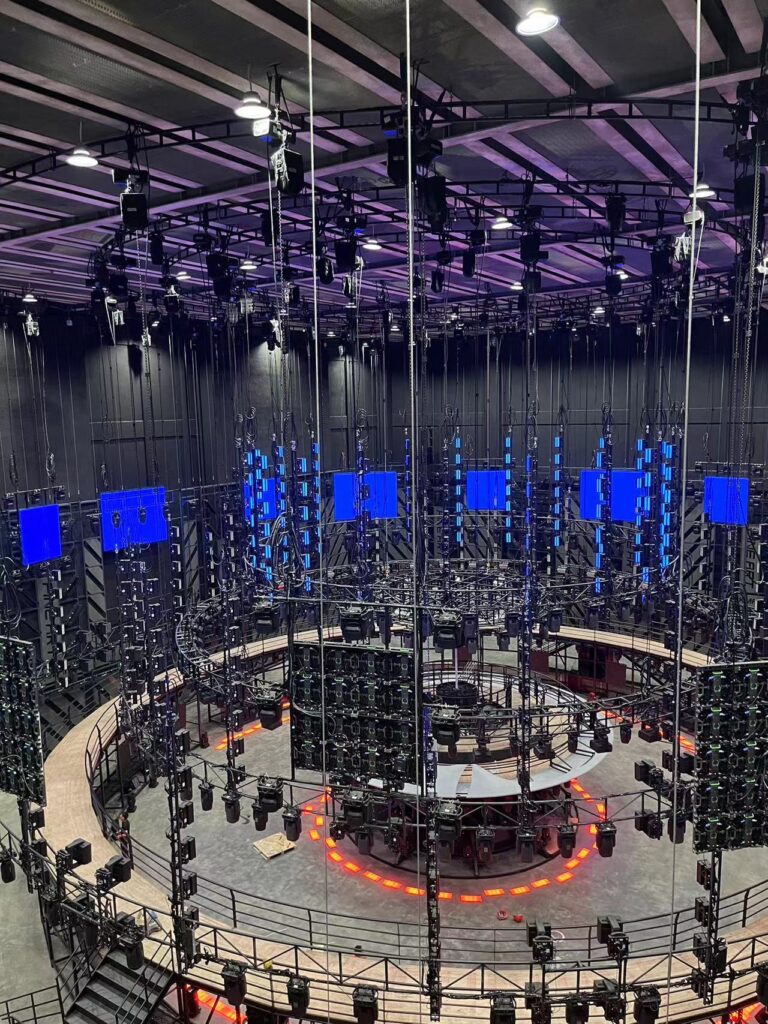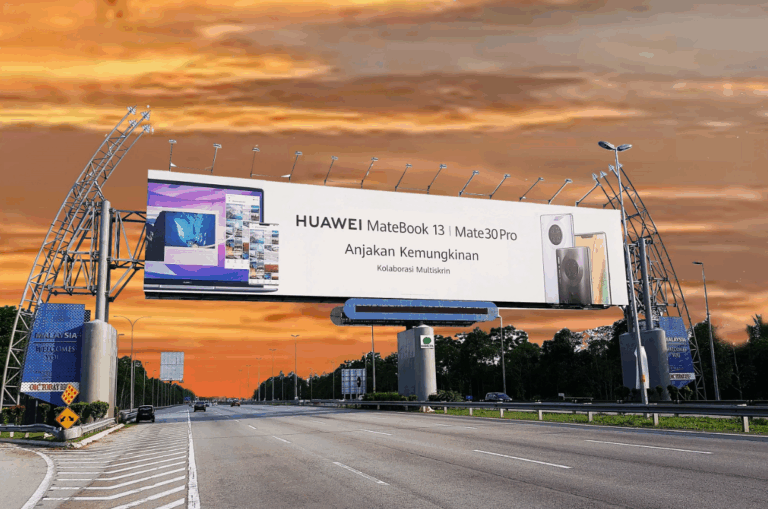Table of contents
What is LED vs. LCD digital signage?
What’s better LED or LCD?
With the rapid development of technology, digital signage is becoming more and more important in business, education, entertainment and other fields. When choosing digital signage, people often face two different technologies: LED (Light Emitting Diode) and LCD (Liquid Crystal Display). This article will combine modern LED technology and related technologies to deeply explore the advantages and disadvantages of LED and LCD digital signage, and try to answer which technology is better.
What is LED vs. LCD digital signage?
LED digital signage refers to digital signage that uses LED display screens as display devices. The LED display screen is composed of a large number of LED lamp beads and can display various text, pictures, videos and other content. LED digital signage has the advantages of high definition, high brightness, and high color reproduction, which can attract the attention of pedestrians and increase brand awareness and sales.
LCD digital signage refers to digital signage that uses LCD liquid crystal displays as display devices. The LCD screen consists of a backlight and a liquid crystal layer and can display various text, pictures, videos and other content. LCD digital signage usually has a thinner appearance and lower power consumption, and is suitable for some specific occasions.
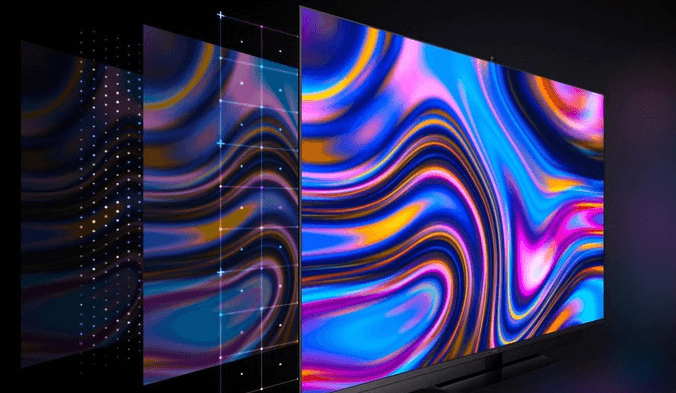
Tough choice: What’s better LED or LCD?
1. Application scenarios: LED and LCD have their own advantages in different application scenarios. LED may be more suitable for outdoor use, large billboards and situations requiring high brightness; while indoors, small information displays and limited budget situations, LCD may be a wiser choice.
2. Budget: Budget is a key factor in deciding whether to choose LED or LCD. If you have a higher budget and are pursuing higher image quality and longevity, LED may be a more suitable choice; conversely, LCD may be more economical and affordable. Do you want to know about the technology and price of naked-eye 3D advertising screens?
3. Functional requirements: For applications that require special functions such as touch screens and low input delays, LCD may be more suitable. However, for the pursuit of high brightness, larger viewing angle and thinner design, LED is better.
4. Environmental protection and energy efficiency: If environmental protection and energy efficiency are key concerns, LEDs may be more suitable due to lower power consumption and longer service life.
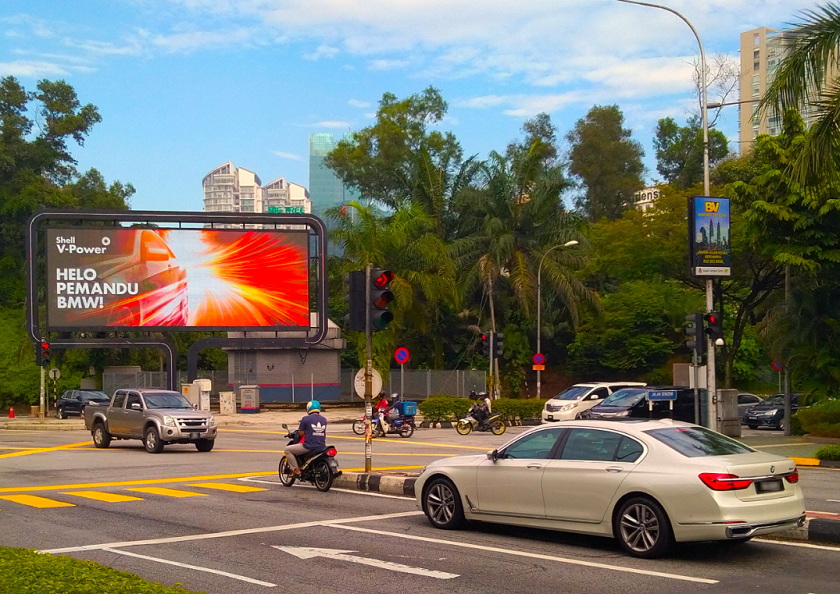
Conclusion: The integration of technology and the future of digital signage
Considering the advantages and disadvantages of LED and LCD digital signage, it is difficult to clearly say which one is better, because the choice depends on the specific needs and application scenarios. In the field of digital signage, the integration and innovation of technology continue to drive product development. In the future, with the continuous evolution of LED and LCD technology, digital signage will be more intelligent and efficient, and better meet the needs of different users.
Ultimately, when consumers and businesses choose LED or LCD digital signage, they should comprehensively consider their own needs, budget and technical characteristics to ensure the most suitable technical solution is selected so that digital signage can maximize its benefits in various scenarios. The development of science and technology will continue to provide us with more choices, and our task is to make wise decisions based on actual conditions so that digital signage can play a greater role in modern society.

